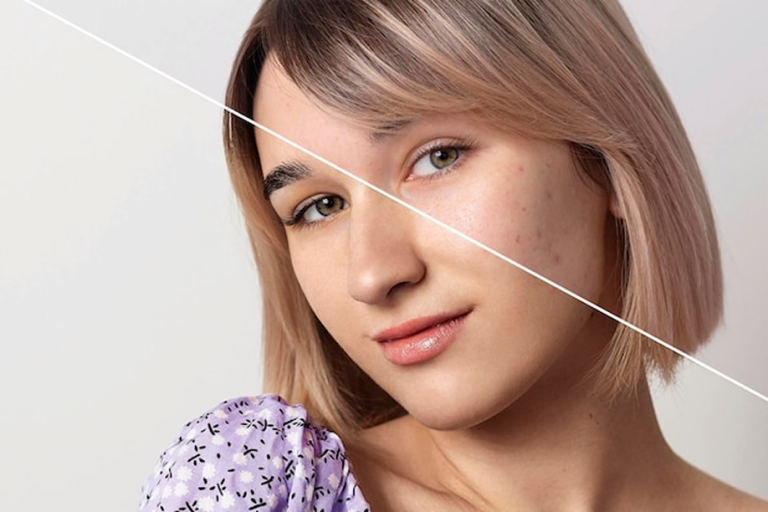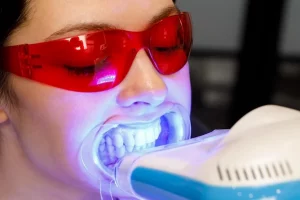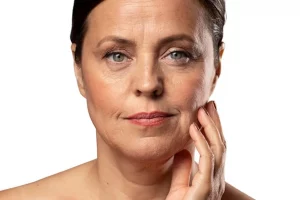Healthy skin doesn’t just happen. Time, sun exposure, and stubborn acne scars leave marks that no moisturizer can erase. Skin resurfacing offers a controlled way to improve tone, texture, and firmness by removing damaged layers and triggering your skin to rebuild itself. This process stimulates collagen and elastin production, giving the dermis a structural boost while smoothing visible imperfections.
No single treatment works for everyone. Selecting the right modality depends on your skin concern, tone, and tolerance for downtime. Here’s a professional breakdown of the main options, risks, and what to expect.
The Resurfacing Toolkit
Skin resurfacing targets the epidermis (surface layer) and dermis (structural layer). The goal is controlled regeneration without unwanted damage.
Laser Resurfacing: Precision Light
Laser treatments address multiple skin concerns with minimal invasiveness and predictable outcomes.
Ablative Lasers: CO2 and Er:YAG
Ablative lasers remove the epidermis and deliver heat to the dermis. This contraction of tissue produces dramatic improvements.
- CO2 Lasers: Excellent for severe sun damage and deep wrinkles. Recovery typically lasts two weeks.
- Er:YAG Lasers: Causes less thermal damage and allows faster healing, usually one week. Suitable for darker skin requiring ablative results.
Fractional Laser Technology
Fractional lasers treat microscopic columns of skin while leaving surrounding tissue intact.
- Faster healing, less downtime.
- Effective for acne scars, sun damage, and wrinkles, usually 2–5 sessions spaced over weeks.
Non-Ablative Lasers and IPL
Non-ablative lasers stimulate collagen without removing skin.
- Downtime is minimal.
- Subtle results develop over 3–6 sessions.
- IPL targets sun spots, redness, and uneven tone.
Other Core Methods
- Chemical Peels: Apply a chemical solution to remove skin layers.
- Light Peels: Fine wrinkles, acne, dryness; repeat every 2–5 weeks.
- Medium Peels (TCA): Acne scars, moderate wrinkles, age spots; recovery 7–14 days.
- Deep Peels (Phenol): Dramatic but high risk, unsuitable for darker skin.
- Microneedling: Uses micro-needles to remodel the dermis. Safe across all skin tones. Often combined with RF or PRP for stronger collagen induction.
Combining Modalities
Many patients benefit from a tailored combination. For example, microneedling with fractional lasers can improve acne scars faster while minimizing downtime. Chemical peels can be layered between sessions to maintain results.
Targeting Acne Scars
Most acne survivors carry scarring. One treatment rarely addresses all types.
- Icepick Scars: Deep, narrow scars; ablative lasers alone often fail. Best lifted first with TCA CROSS or punch excision.
- Rolling Scars: Wide, shallow depressions tethered to tissue; need subcision, then resurfacing or fillers.
- Volume Deficit: Atrophic scars require filler beneath the surface before resurfacing. This smooths the contour and improves outcomes.
Customizing based on scar type improves results and reduces risk.
Safety and Expert Selection
The most important factor is who performs your treatment. Only a board-certified dermatologist or plastic surgeon can balance efficacy with safety.
- High-Risk Skin Tones: Brown and Black skin are prone to color changes with aggressive CO2 lasers or deep peels. Microneedling and Er:YAG are safer.
- Contraindications: Avoid aggressive resurfacing if you have active acne, are pregnant, or have taken isotretinoin in the past 6–12 months.
Warning Signs
If a clinic offers treatment without reviewing your medical history, medications, or expectations, walk away. Proper consultation is non-negotiable.
Pre-Care and Recovery
Optimizing results is a partnership. Preparation and aftercare matter as much as the procedure.
Before Treatment
- Quit Smoking: At least two weeks before and after.
- Medication Review: Stop aspirin, ibuprofen, Vitamin E 10 days prior.
- Herpes Prophylaxis: Antivirals if prone to cold sores.
- Avoid Sun: Tanned or burned skin increases risk of burns and discoloration.
Aftercare
Recovery varies by depth, from hours for non-ablative lasers to 10–21 days for ablative treatments.
- Wound Care: Keep skin moist with occlusive ointment.
- Vinegar Soak: Diluted white vinegar reduces bacterial overgrowth.
- Swelling: Use cool compresses, sleep elevated for 24–48 hours.
- Camouflage: Redness can persist for months. Green-tinted, oil-free makeup helps.
Long-Term Protection
Collagen continues remodeling for months. Daily SPF 30+ is essential to maintain results and prevent hyperpigmentation.
Costs in Dubai
Skin resurfacing is elective and generally not covered by insurance. Clinic reputation, technology, and practitioner expertise often outweigh package deals.
| Procedure | Price Range (AED per session) | Notes |
| Fractional CO2 Laser | 700–1,400 | 30–60 minutes per session |
| Medium Chemical Peels | 499–999 | Dependent on type and sessions |
| Standard Microneedling | 350–900 | RF Microneedling from 700 AED |
Takeaway
Skin resurfacing is an investment in skin that functions and looks better. Done correctly, with expert care and adherence to pre- and post-treatment protocols, the results are durable and transformative.
Ready to improve your skin? Contact Oris Dental Center in Dubai to schedule a consultation for skin resurfacing treatment today.





